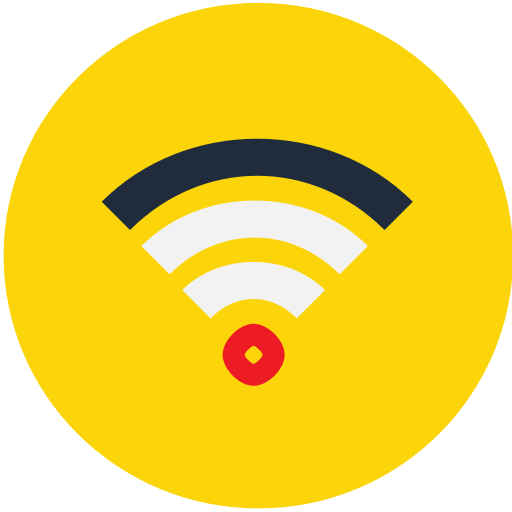
Summary of the Skill
- Knowledge: TCP/IP Protocol, OSI Model, Encapsulating/Decapsulating, Subnetting, and IP Routing
- Understand routers and switches with knowledge of subnetting
- Tools: Wireshark
 , Cisco Packet Tracer
, Cisco Packet Tracer , and GNS3
, and GNS3
Related Projects
- Static Routing and Routing Table. Data Network Design and Configuration (Oct 29, 2018)
- Wi-Fi Setup of WAN with AP. Introduction to Data Communications and Networking (Jul 28, 2018)
- FTP Analysis. Introduction to Data Communications and Networking (Aug 02, 2018)
- SOHO Network Design. Introduction to Data Communications and Networking (Jul 17, 2018)
School's Curriculum for the Skill (What I have learned)
Data Network Design and Configuration - Routers and Switches (Third Semester)
- Identify the functions of a protocol and map it out to the proper functional layers in the OSI/ISO reference model.
- Use networking tools such as a sniffer to capture traffic and analyze its encapsulation and functions.
- Configure layer 2 LAN switch and routers via console access.
- Implement virtual local area networks.
- Implement IGP routing protocols.
- Assign IP address space to networks.
- Troubleshoot network issues.
- Interconnect interfaces with cable and fibre.
Introduction to Data Communications and Networking (Second Semester)
- Contextualize the Internet as a social, cultural and economic revolution to identify the roles and responsibilities of networking professionals.
- Understand what a protocol is, how protocols define the architecture of the Internet and where they come from.
- Explain the underlying technologies of a LAN: wire and logical topologies, physical wiring, MAC addressing and switching, IP and ARP interplay.
- Relate the layers of TCP/IP model to their respective working protocols: Ethernet, IP, TCP and demonstrate this knowledge using a protocol analyzer.
- Explain the challenges of global network routing, the basic generic approaches and the specific protocols used on the Internet.
- Describe the working characteristics of the Internet application framework protocols: FTP, HTTP, SMTP, etc.
- Explain platform level network applications like DHCP, NAT, DNS, and SNMP.
- Relate network theory to the operation and configuration of a home router using wired and WLAN devices.

 , Cisco Packet Tracer
, Cisco Packet Tracer , and GNS3
, and GNS3
